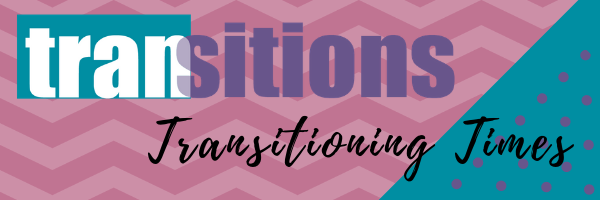Foster Care and Human Trafficking
Recently, I’ve learned about a strong connection between foster care and human trafficking that I had never really thought about before. Children who are in the system are being trafficked, sometimes by foster care parents and sometimes by others outside the home. To traffickers, these children are seen as unwanted, disposable kids, which make them a good target. They’ve often already experienced abuse, and they’re less likely to have someone come after them if they go missing. According to “T,” (Withelma Ortiz Walker Pettigrew) a young activist who was in foster care from birth to age 18 and trafficked for 7 of those years, many foster care parents care more about the paycheck and make that known to the children in their homes. With this mentality, children quickly become used to the idea that their worth is limited, and they are only good for someone else’s monetary gain (Saar, 2014). “T” states, “The most stable relationship I had while in foster care was with my pimp and his family,” (Saar, 2014, pg. 2).
Often children in foster care run away from home, making them even more vulnerable to being trafficked. They might run away because they’re trying to escape abuse in the house or as a risky behavior resulting from past traumatic experiences, in addition to many other reasons. Children who run away from home are also very susceptible to trafficking.
I want to praise foster care parents who are in the program for the children and who take care of those children. It takes incredible strength to bring children into your home, often ones who have experienced some kind of trauma. I think part of the connection between the foster care system and trafficking has to do more with the children than the parents (except when the parents perpetrate trafficking, do not look for missing children, etc.). Again, these children are easy targets, which is not necessarily a reflection on the foster care parents, but rather on the child’s previous experiences. This is why I feel it is important for foster care parents to be aware of what trafficking is and the signs to look for. Then they can step in and possibly even prevent victimization if they notice something suspicious. So believe me when I say I’m not harping down on or blaming all foster care parents.
On the other side though, the numbers still show a compelling connection between foster care and trafficking. In a 2013 FBI trafficking raid, consisting of 70 cities, 60% of the children rescued had been in foster care or group homes (Saar, 2014, pg. 1). In 2012, Connecticut reported 88 minor trafficking victims. Of those eighty-eight, 86 had been involved in foster care (Sarr, 2014, pg. 1). In addition, also in 2012, in Los Angeles, California, 72 minor trafficking victims were reported. Of those seventy-two, 56 were involved with child welfare (Saar, 2014). These numbers don’t compare the number of children in the foster care system to how many end up in trafficking, however, of those that do it seems there is a common thread to being involved in the child welfare system. We know there are less than qualified foster care parents and there are issues in the system to be addressed. Working with victims of trauma, I have too many times heard them say their foster family abused them. We know there are foster parents who do what “T” described and only care about the money they receive (Saar, 2014). And plain and simple children who are in foster care have usually experienced some type of abuse or neglect and are already at a higher risk of being victimized again, whether that’s by their foster family or someone else. Maybe we simply need, as Saar (2014), among other things, suggests, better screening for parents and families who want to become foster care parents.
“T” has advocated on behalf of strengthening the child welfare system to prevent trafficking. In October of 2014, HR 4980 Preventing Sex Trafficking and Strengthening Families Act was passed. This Act aims to strengthen the foster care system and prevent children in the system from becoming sex trafficking victims (Children’s Defense Fund, 2014). I believe this Act is a move in the right direction.
I’m proud to say I recently co-facilitated a human trafficking training to foster care parents. I think a little education and awareness will go a long way in protecting the children in our counties, not because we have bad foster care parents, but because our good foster care parents will now know how to identify and report human trafficking. Again, I want to thank those parents who truly care for the children they foster, as their job is challenging but absolutely invaluable. They have such a great opportunity to step into a child’s life and develop strong relationships that have the potential to foster protection from further abuse and exploitation.
References
Children’s Defense Fund. (2014). Preventing Sex Trafficking and Strengthening Families Act. Retrieved from http://www.childrensdefense.org/library/data/fact-sheet-on-hr-4980.pdf
Saar, M. S. (2014). Stopping the foster care to child trafficking pipeline. Huffington Post. Retrieved from http://www.huffingtonpost.com/malika-saada-saar/stopping-the-foster-care-_b_4170483.html


Comments
Post a Comment